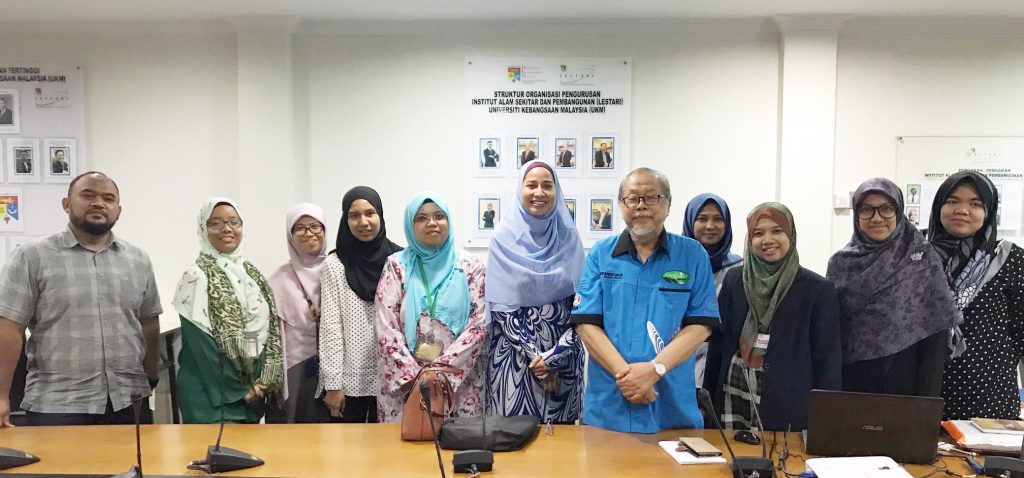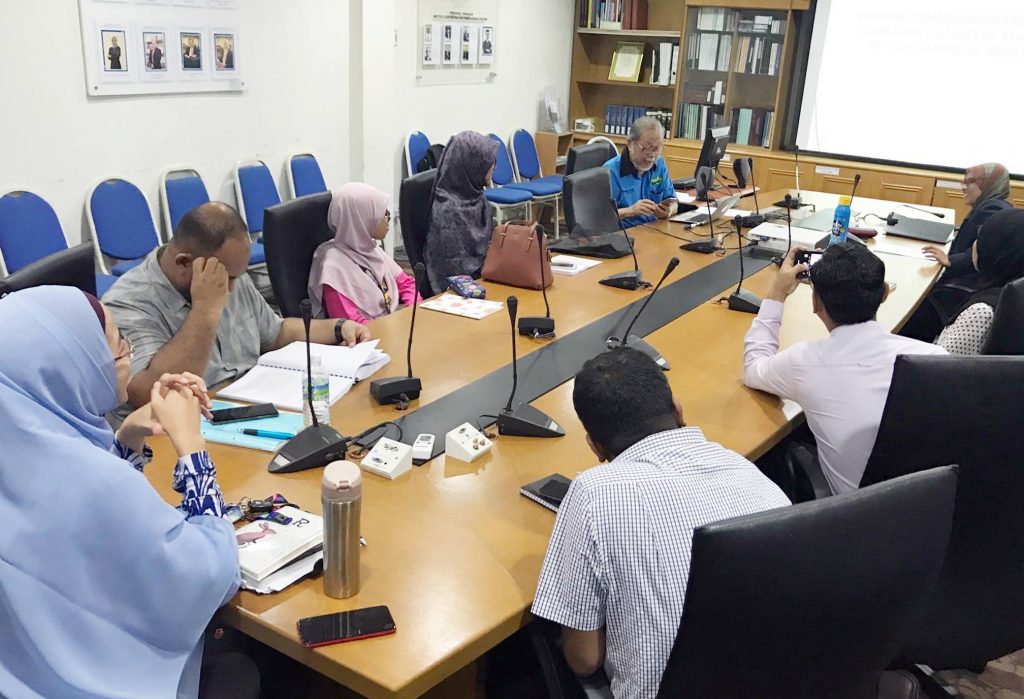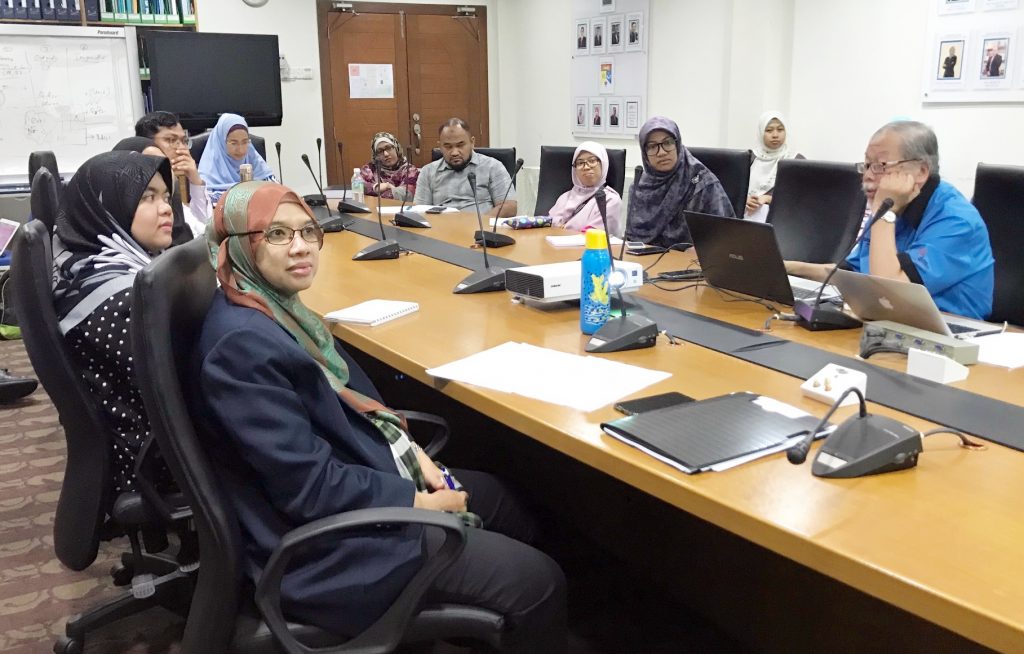Diskusi KASES 5/2019 : The Changing Dimensions of Poverty Alleviation and Sustainable Livelihood: Implications and Challenges of IR 4.0

Date : 10 September 2019
Time :10.30 am
Poverty alleviation has been Malaysia’s national agenda for development since the era of the NEP (1971-1990), National Development Plan (NDP, 1991-2000), New Economic Model (2001-2010) and Wawasan Negera (2001-2020). Various poverty alleviation strategies, and programs were implemented , ranging from “growth with distribution,” “hardcore poor” and “ B40 programs”, implemented during the 2MP to 11MP. Official data indicates significant reduction in poverty incidence, from 60% in 1970 to 0.4% in 2016. However this outstanding performance raises various issues related to poverty income line (PLI), impacts and effectiveness. The criticisms from United Nations also castes doubts on Malaysia’s poverty alleviation performances, and calls to move away from the currents PLI measurement. The Multi- dimension poverty index (MPI) which was introduced during the 11MP is still at the conceptual stage. Meanwhile the sustainable livelihood framework also offers much scope for future research on poverty and sustainable development. While the global trend of Industrial Revolution 4.0 offers both benefits and challenges, its impacts on poverty, inequality, employment and governance are looming high and demands greater integration between technological and social innovations for ways to deal with the impacts, towards a more sustainable future.
Prof. Emeritus Chamhuri Siwar , 10.9.2019




